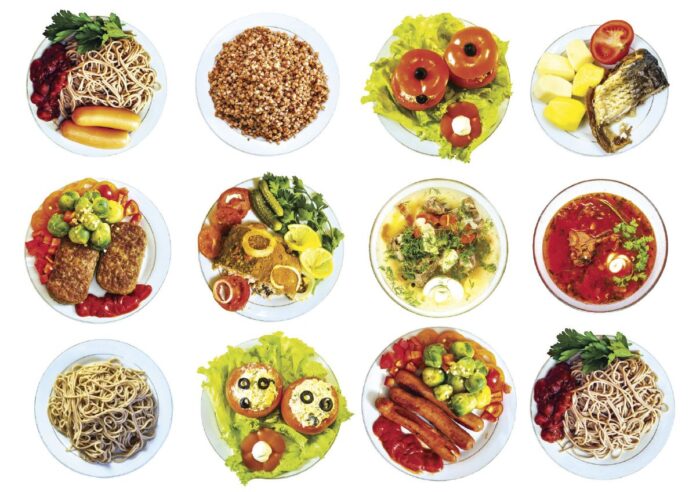HARLINGEN – When it comes to cooking, if the words “heart healthy” conjure up images of tasteless soups, bland casseroles and plain vegetables – think again. You can develop a heart-healthy meal plan that is anything but boring. With just a little practice, you’ll soon be adding some zing to a lean cut of meat or dressing up a vegetable side dish.
Before heading out to the grocery store, invest in a few heart-healthy cookbooks and recipes for cooking ideas. Develop a shopping list that includes the following basic items:
• Opt for “choice” or “select” grades of beef instead of “prime”, and use cuts of meat that are labeled “loin” or “round” because they typically have the least amount of fat.
• For poultry, choose leaner light meat such as breasts rather than fattier dark meat from the legs and thighs. Remember to remove the skin.
• Buy a variety of fresh, canned or frozen fruits and vegetables. Canned vegetables should be low in sodium, and frozen should not have added butter or sauces. Canned fruit should be in 100 percent juice, not syrup, and frozen berries need to be without added sugar. Dried fruits are good, too.
• Look for milk and milk products that are fat-free or low-fat, such as one percent milk, or cheese that has three grams of fat or less per serving.
• Select breads, cereals and grains that list whole grain as the first ingredient.
• Select cooking oils that are low in saturated fats, trans fats and cholesterol, including canola, corn, olive, sesame, soybean, sunflower and safflower oils.
Instead of frying, cook with less fat by stir-frying, roasting, grilling, broiling, baking, poaching, sautéing or steaming. Using nonstick pans and cooking sprays can cut down on total fat. You can boost the flavor of meats and vegetables with seasonings and sauces instead of fats.
Try squeezing lemon juice on melons, drizzling vinegar on steamed vegetables, adding onion or garlic to meat, baking chicken with barbecue sauce or low-fat Italian dressing, and shaking lemon pepper on chicken. You also can make recipes or egg dishes with two egg whites substituted for each egg yolk.
It may be tempting to go for seconds now that your meals are so heart healthy, but you still need to control portion size. For example, a serving of meat, chicken or fish (two to three ounces) equates to the size and thickness of a deck of cards. In addition, resist the urge to add salt to your food. Healthy adults should have less than about a teaspoon of salt per day.
Visit www.valleybaptist.net to sign up for daily heart-healthy tips and recipes in February as part of “28 Days of Heart Smarts”. Local residents can also visit www.valleybaptist.net/health-risk-assessments to complete a free online risk assessment to estimate their risk of developing heart disease.




